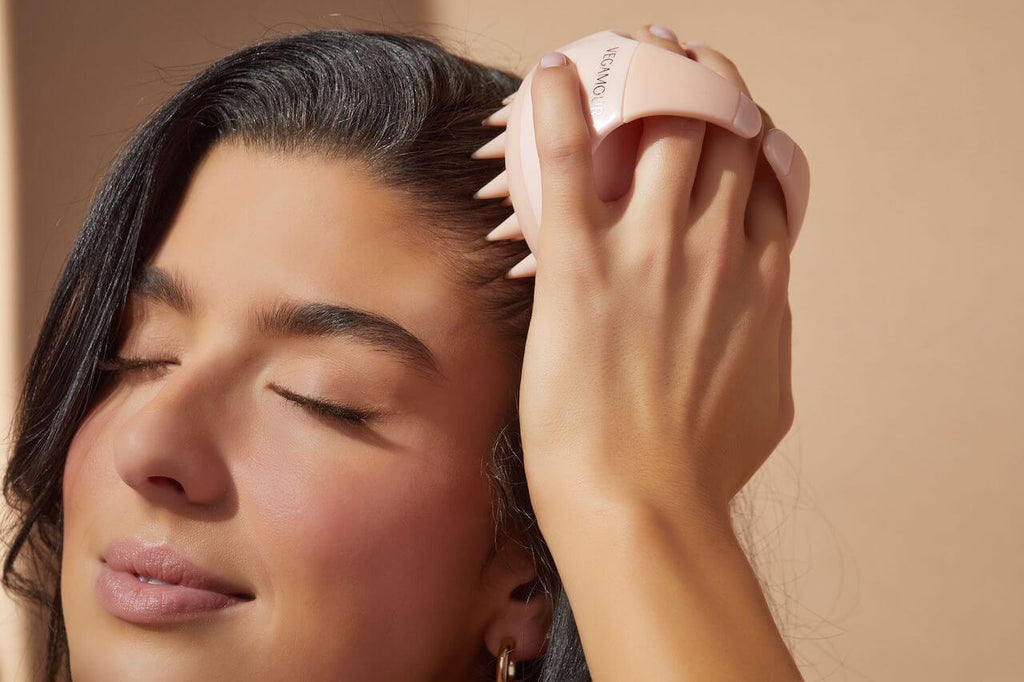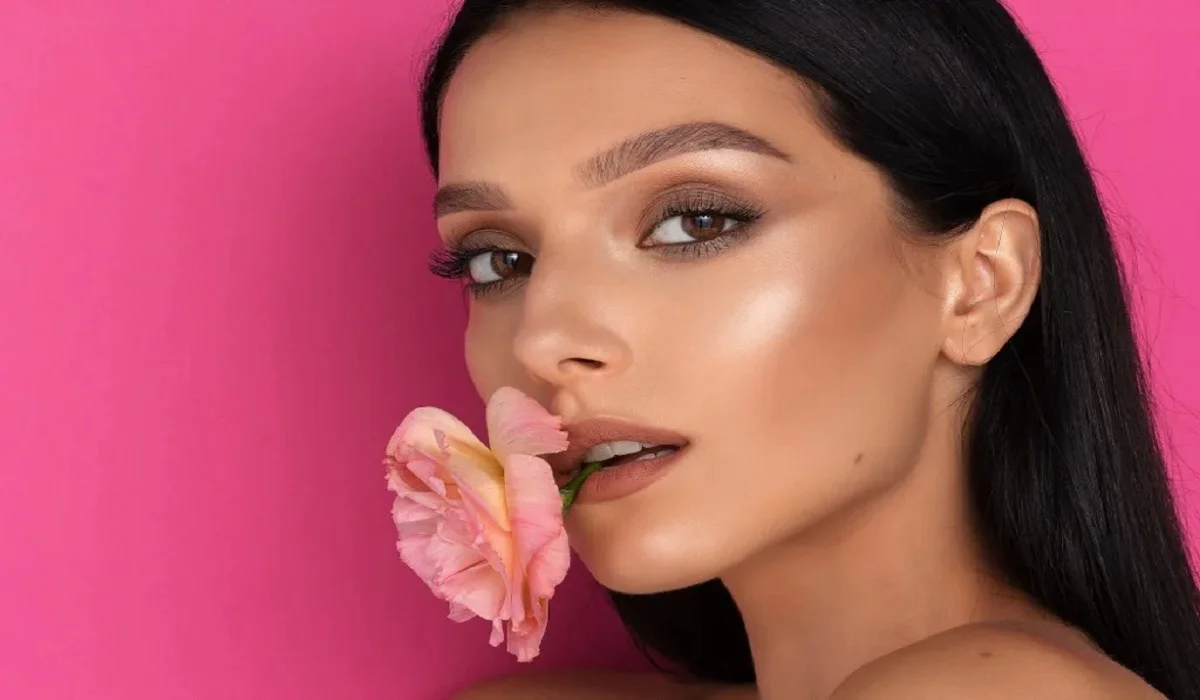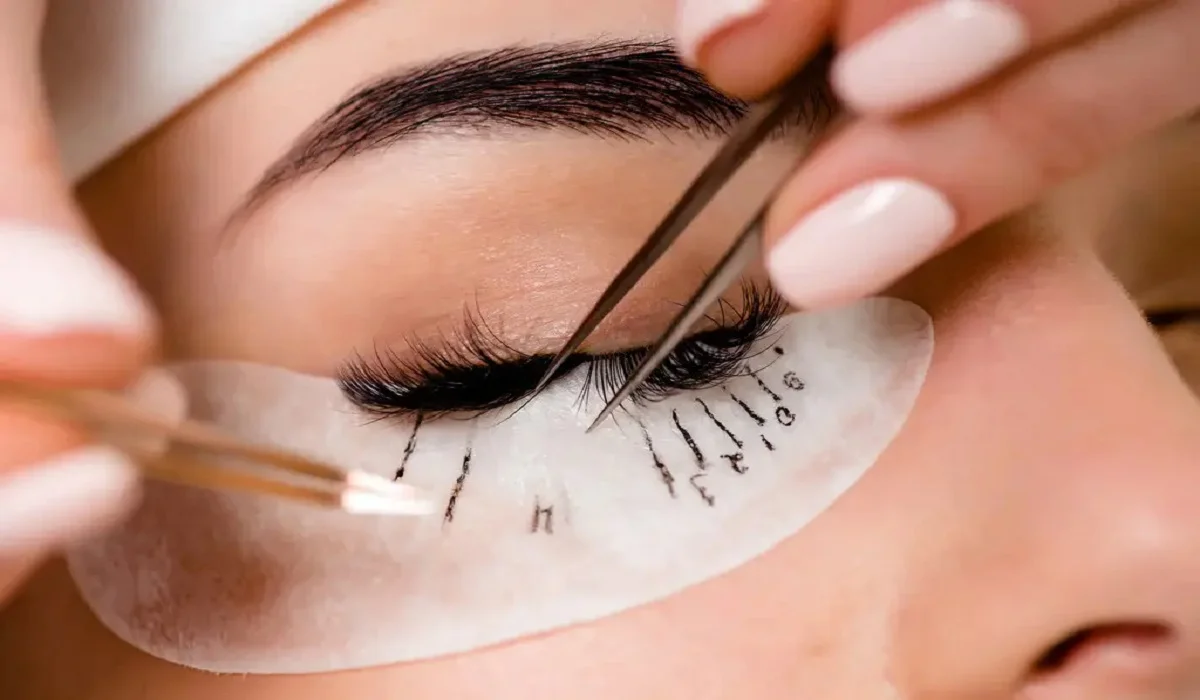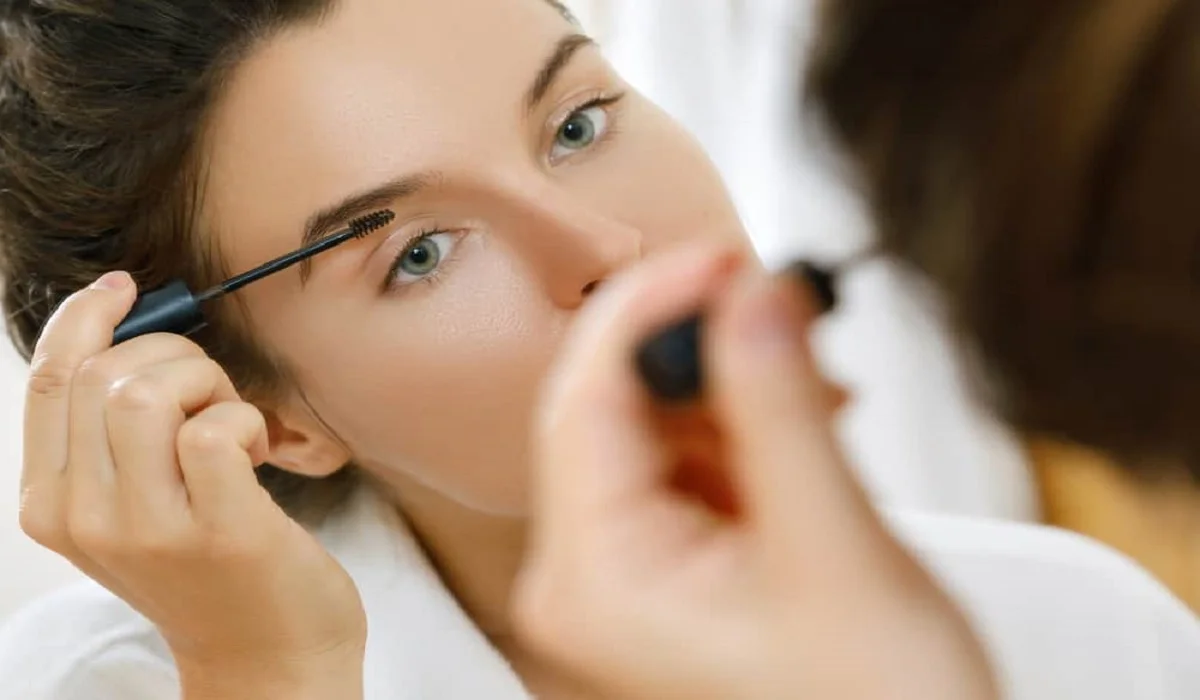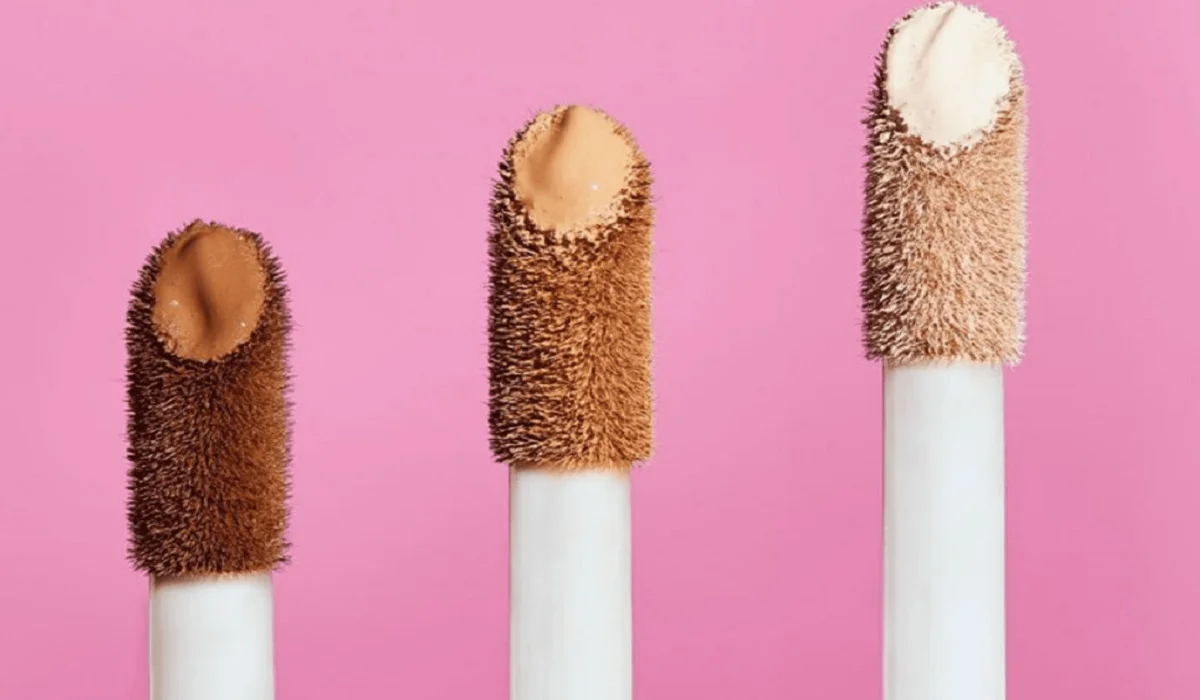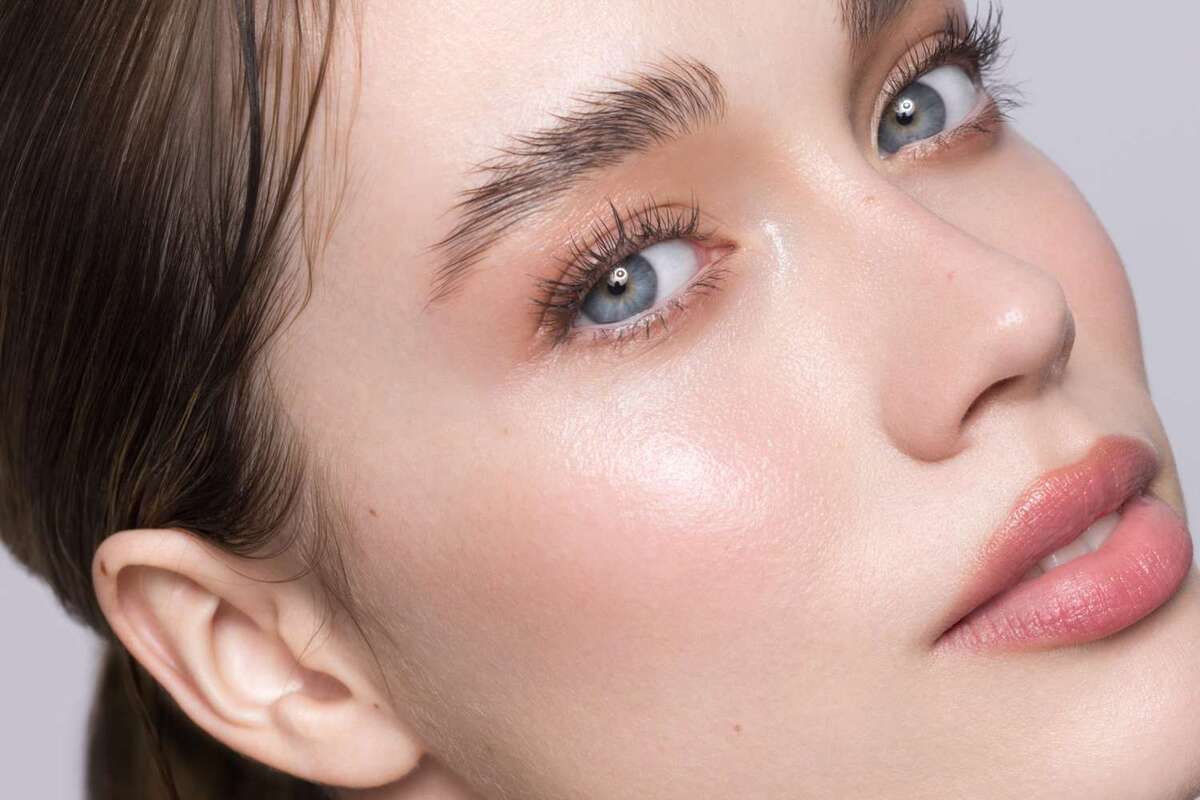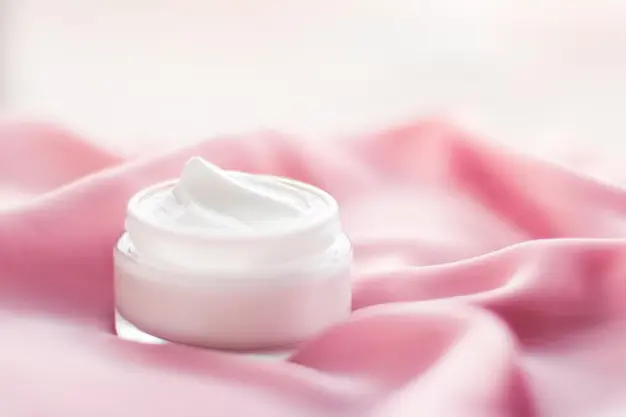At the heart of any transformative makeup regimen lies the concealer, a pivotal element that meticulously camouflages imperfections such as under-eye shadows, blemishes, and skin tone disparities. The perfect concealer not only magnifies your inherent allure but also elevates your self-assurance by presenting a pristine base. This exposition ventures into the myriad forms of concealers, equipping you with the knowledge to discern the most compatible variant for your skin’s unique needs and preferences.
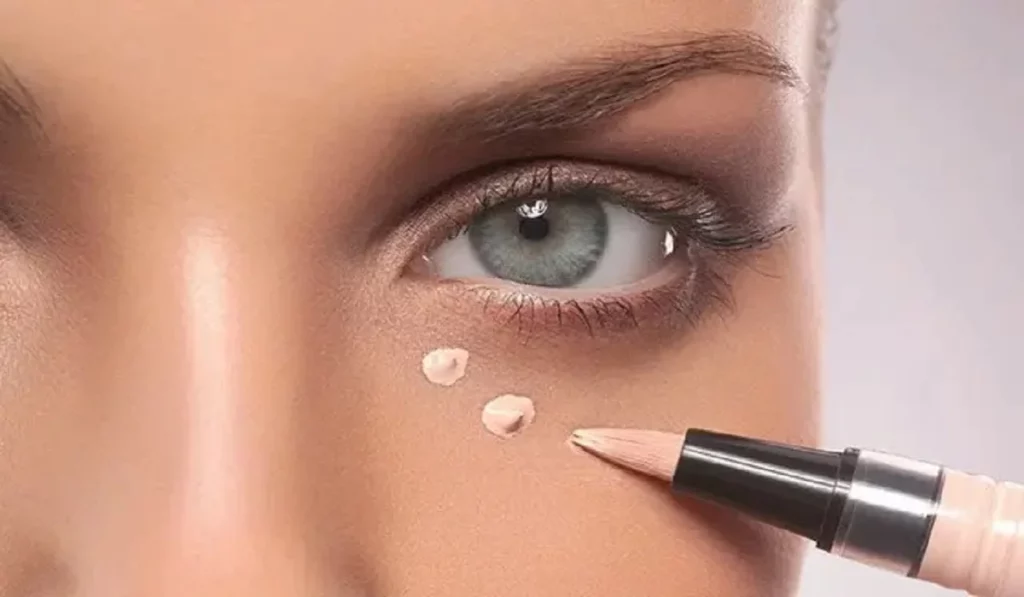
Liquid Concealers
Boasting unparalleled adaptability, liquid concealers cater to a broad spectrum of skin types, including those that are dry, mixed, and prone to acne. They provide a customizable coverage range from sheer to opaque, ideally complementing foundation. For a flawless integration, adopt a gentle patting technique using a beauty sponge or brush, ensuring an evenly distributed, authentic appearance.
Cream Concealers
For those seeking superior concealment, cream concealers emerge as the prime choice, particularly favoring dry and aging skin due to their hydrating formulation. They are adept at masking dark under-eye areas and harmonizing skin tone variations. Optimal application involves pre-warming the concealer on your skin and setting it with a fine powder to avert creasing.
Stick Concealers
Designed for precision and portability, stick concealers are the go-to for oily and combination skin, offering a dense formula conducive to targeted application. They excel in concealing specific spots and hyperpigmentation. For a smooth blend, use either a brush or fingertips.
Color-Correcting Concealers
Exploiting color theory, color-correcting concealers effectively neutralize distinct discolorations; green attenuates redness, while peach and orange are antidotes for blue or grey under-eye circles, and yellow revitalizes dull complexions. Apply judiciously prior to your standard concealer to prevent a heavy makeup look.
Hydrating Concealers
Infused with moisturizing agents like hyaluronic acid and vitamins, hydrating concealers are the salvation for dry skin or areas with fine lines, offering a radiant, moist finish that doesn’t crease. Seek out serum-esque formulas for optimal results.
Matte Concealers
Matte concealers are the sanctuary for oily complexions, delivering enduring coverage devoid of gloss. To circumvent a parched appearance, prime your skin with a moisturizing base and blend swiftly.
Mineral Concealers
For those with sensitive skin, mineral concealers present a minimalistic approach, devoid of oils, fragrances, and artificial colorants, minimizing irritation risks. Employ a fluffy brush for a light, authentic coverage.
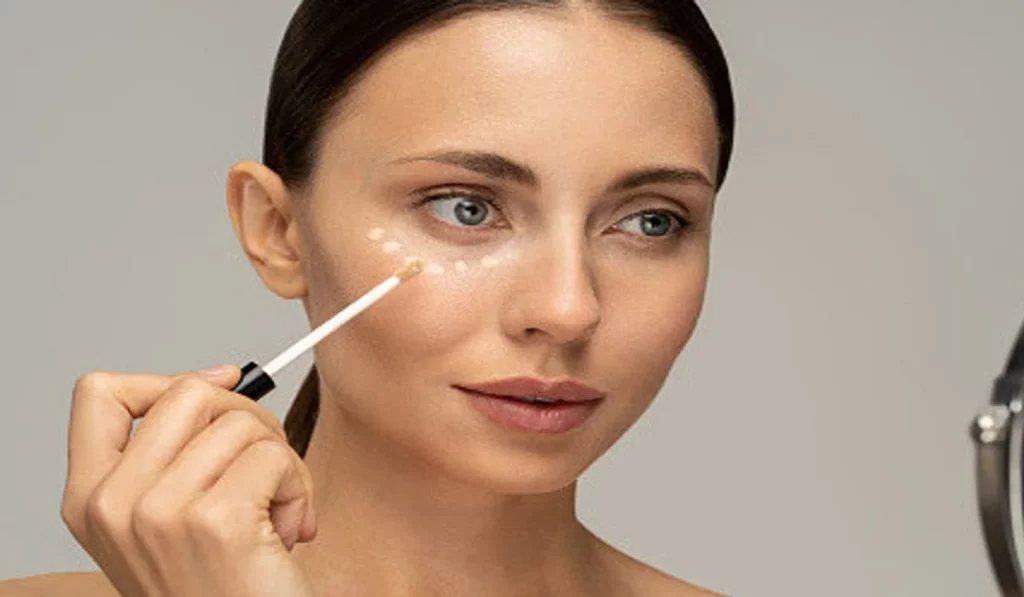
Serum Concealers
Merging skincare with cosmetic elegance, serum concealers offer a featherlight, nurturing blend that progressively enhances skin quality. They are ideal for achieving a subtle, “barely-there” makeup look while pampering your skin with beneficial ingredients.
Balm Concealers
For relentless imperfections, balm concealers promise full coverage. They necessitate warming between the fingers for a fluid application and are best blended with a dense brush.
Pot Concealers
Pot concealers deliver concentrated pigment in a compact format, perfect for precise applications and under-eye concealment. Utilize a small brush for targeted application, blending the periphery for a natural effect.
Brightening Concealers
Formulated to illuminate and elevate the under-eye region and facial shadows, brightening concealers contain reflective particles that impart a luminous sheen. Layer over your regular concealer for an enhanced glow.
Waterproof Concealers
Indispensable for humid conditions or active routines, waterproof concealers ensure smudge-resistant, enduring coverage. Choose formulations that can be gently removed to preserve skin health.
Non-Comedogenic Concealers
Non-comedogenic concealers, designed to prevent pore blockages, are essential for acne-prone individuals, offering coverage without exacerbating skin concerns. Verify this characteristic if your skin is sensitive or prone to breakouts.
Vegan and Cruelty-Free Concealers
Embracing ethical beauty, vegan and cruelty-free concealers abstain from animal derivatives and testing, presenting high-quality, botanical-based alternatives that do not compromise on coverage.
Concealer Palettes
Concealer palettes provide a spectrum of shades for tailored coverage, ideal for makeup aficionados or fluctuating skin tones. Blending hues enables the creation of an exact match for any facial region.
Selecting the Quintessential Concealer
The quest for the ideal concealer is governed by your skin’s texture, concerns, and desired coverage intensity. Evaluate shades under natural illumination and opt for formulations that resonate with your skin’s requirements.
Application Mastery
For impeccable application, prime your skin with moisturizer and primer. Select tools congruent with your concealer type and blend thoroughly to eliminate discernible lines. A finishing powder prolongs your concealer’s endurance.
In essence, mastering the diverse concealer spectrum can profoundly transform your beauty regimen. Whether in pursuit of comprehensive coverage, specific color correction, or a hydrating formula, an apt concealer awaits. Acknowledge your skin type and concerns in your selection process, and embrace experimentation to uncover your ideal match.
- Ideal Concealer for Dark Circles?
Cream-based and peach or orange color-correcting concealers proficiently mask dark circles, offering ample coverage and brightness. - Concealer Sans Foundation?
Certainly. Employ concealer solo for targeted imperfection concealment or a natural aesthetic. - Preventing Concealer Creasing?
Minimize creasing by setting with a light powder and eschewing excessive application in areas prone to fine lines. - Brush or Fingers for Concealer Application?
The choice between fingers and brushes hinges on the concealer’s formulation and the desired coverage level; fingers facilitate blending through warmth, whereas brushes provide precision. - Concealer as Eyeshadow Primer?
Yes, concealers can double as eyeshadow primers, creating a smooth canvas and intensifying eyeshadow pigmentation. - Selecting the Right Concealer Shade?
For blemishes, opt for a concealer that matches your skin tone; for under-eyes, choose one shade lighter to brighten the area.
Concealers, with their multifaceted utility, are indispensable in any makeup arsenal, capable of metamorphosing your complexion’s look. With an extensive array of options, finding your perfect match ensures a flawless, radiant visage. The essence of successful concealer application lies in selecting the appropriate type for your skin’s demands and honing your blending skills. Explore, experiment, and relish the confidence emanating from immaculate, imperfection-free skin.


